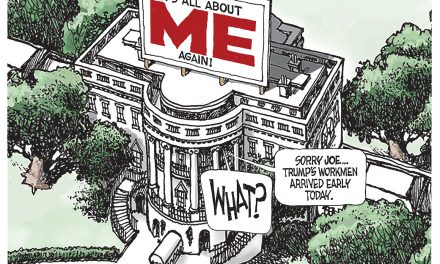By Michael Lewyn:
After reading Rand McNally and numerous other “livable city” ratings, I decided to create my own. But this is a livable city guide with a difference: one that answers the simple question “where can I function without a car and still feel relatively safe?” Specifically, I rate American cities based on various indica of transit/pedestrian-friendliness and on their crime rates.
In particular, this page rates cities which one of us considers sufficiently major to research- admittedly a somewhat arbitrary criterion, but one which includes almost all of the largest cities and a few mid-sized cities as well.
My method can be applied to any unit for which crime statistics,housing cost data, and transit usage statistics are available – that is, units ranging from metropolitan areas to the smallest suburban municipalities (although not for most unincorporated suburbs or for neighborhoods within a city, since crime statistics are rarely available for them).
For example, New York is now safer than most big cities, and of course is by far the best city in the U.S. for public transit. But its housing costs are dreadfully high. The same was true of Boston and San Francisco (which, if only crime and transit were considered, would rank second and third for livability).
By contrast, the most car-oriented cities tended to have very cheap housing. If only crime and transit were considered, my three least livable cities were Jackson, Baton Rouge and Detroit- but low housing costs partially canceled out these disadvantages.
This apparent trade-off creates ammunition for those who argue that subsidizing auto-oriented sprawl reduces housing costs by opening up land for housing, and thus cancels out negative externalities caused by sprawl. On the other hand, it could also be argued that this benefit is itself canceled out by higher transportation costs.
When I decided to place cost of living into my “livability mix” I wondered if there was a happy medium – cities which were less car-oriented than sprawling Sun Belt cities, but still were less expensive than New York or Boston. In fact, I did have some winners: when all three factors were considered, Rust Belt cities such as Pittsburgh and Syracuse clobbered both Sun Belt cities and expensive coastal cities, because they combined low housing costs with mediocre-to-good walking and transit.
But these livability winners (with the exception of Madison, a university town) had something not-so-positive in common: they are declining cities in stagnant regions, a fact which I suspect brings housing prices downward.
In other words, its possible for a city to have decent transit and reasonably priced housing, but in American cities today, only in declining regions with declining urban cores. For example, Pittsburgh has lost more than half of its 1950 population, and its metropolitan area is also declining (though less rapidly).
To the extent that the smart growth movement can succeed in revitalizing cities, its biggest challenge might be: how can Americans do so without suffering from Boston- or New York-size housing costs? It seems to me that this is not an impossible problem to solve- in theory. All we need do is just build a lot more housing to keep up with demand. But given the political constraints on infill development, this may be easier said than done.
To read more, click here.



